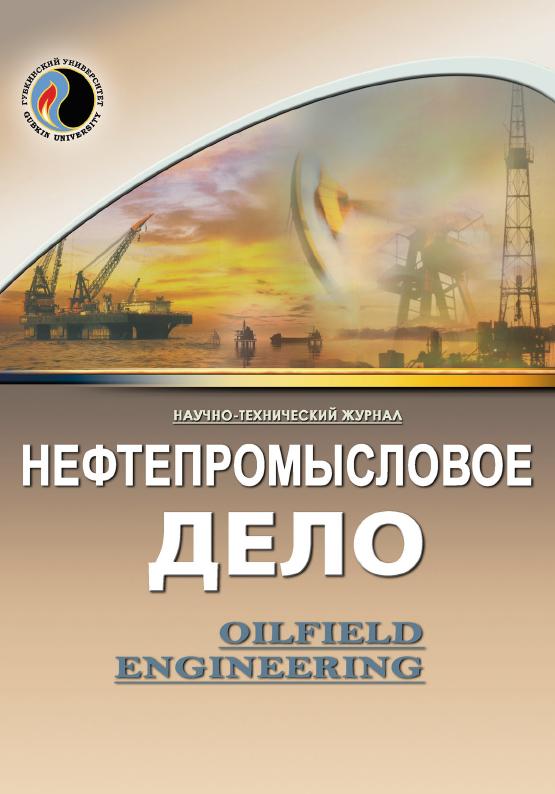Stochastic methods application for assessing uncertainty during geomechanical modeling
UDC: 622.24.001:004(262.81)
DOI: -
Authors:
KLYKOV PAVEL I. 1
1,
ZVEREV GLEB V. 1
1,
NAGOVITSYN ALEXANDER V. 1
1,
PETRENKO IGOR A. 1
1,
MOSHKIN NIKITA A. 1
1
1 LUKOIL-Engineering Limited PermNIPIneft Branch Office in Perm, Perm, Russia
Keywords: shelf, geomechanical modeling, wells logging, geomechanical core studies, pore pressure, stochastic method, wellbore stability, optimal drilling fluid density
Annotation:
The authors of the article present the principles and results of 1D geomechanical modeling in case of the initial data uncertainty, developed in order to determine the influence of the geomechanical model components on the result of geomechanical modeling. The working area is located offshore in the southern part of the Caspian Sea. The considered object has a complex geological and tectonic character. The primary problems of geomechanical models construction are the lack and quality of the initial data, which in turn brings the geomechanical model inaccuracy. The risks of complications associated with the loss of well walls stability, along with catastrophic drilling fluid losses, lead to an increasing of unproductive drilling time. To minimize the risks of complications, it is proposed to conduct a preliminary assessment of the comparability of elastic-strength properties with the results of core tests in order to identify the initial data uncertainty. The authors of the article propose an approach to the construction of a 1D geomechanical model using the stochastic method, under conditions of uncertainty and a limited amount of data. Based on the results of the data analysis, the critical uncertainty of the initial data for the considered field was determined. As a result of a stochastic well bore stability calculation, the components of the geomechanical model have been determined, the uncertainty of which has a significant impact on the safe window of drilling fluid density.
Bibliography:
1. Optimizatsiya konstruktsiy i traektoriy proektnykh skvazhin po rezul’tatam postroeniya 1D geomekhanicheskikh modeley na primere mestorozhdeniy Kaspiyskogo morya / P.I. Klykov, G.V. Zverev, I.A. Petrenko, A.V. Nagovitsin // Oborudovanie i tekhnologii dlya neftegazovogo kompleksa. – 2023. – № 6(138). – S. 29–35. – DOI: 10.33285/1999-6934-2023-6(138)-29-35
2. Khilterman F.Dzh. Interpretatsiya amplitud v seysmorazvedke / per. na rus. I. Artem’eva i A. Cherepovskiy; pod red. G. Goloshubina i A. Cherepovskogo. – Tver’: GERS, 2010. – 251 s.
3. Zoback M.D. Reservoir Geomechanics. – Cambridge University Press, 2007. – P. 127–137.
4. Dyubryul’ O. Geostatistika v neftyanoy geologii. – M.–Izhevsk: Institut komp’yuternykh issledovaniy, NITs "Regulyarnaya i khaoticheskaya dinamika", 2009. – 256 s.

